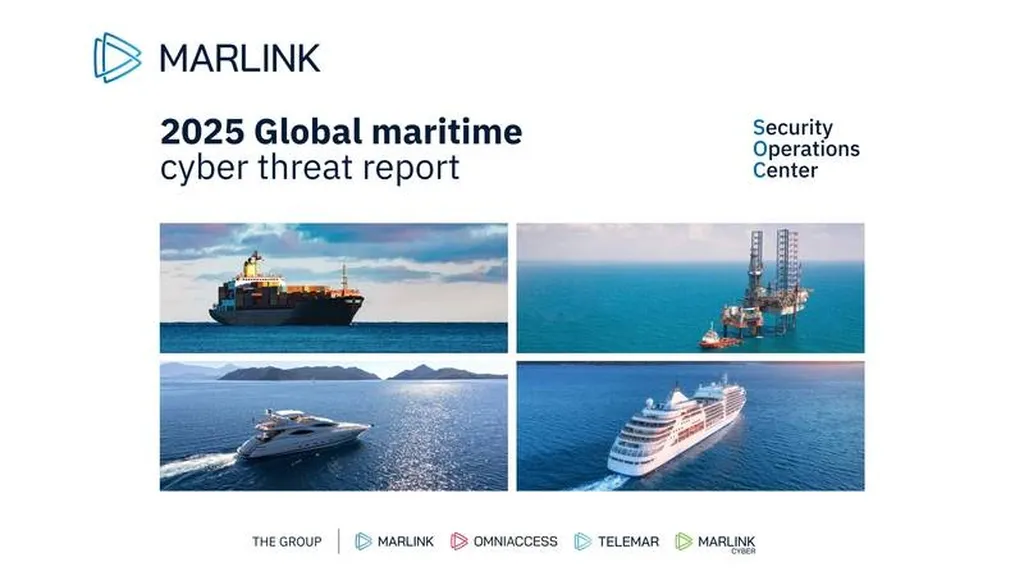The maritime industry is waking up to a stark reality: cyber risk is no longer just an IT issue—it’s a threat to operational reliability, safety, and even the global supply chain. As ships, terminals, and supply chains digitize, attackers gain new paths to entry, turning cybersecurity into a critical business risk. Michael DeVolld, Senior Director of Maritime Cybersecurity at ABS Consulting, puts it bluntly: “An incident will impact everyone.”
The digital transformation of shipping has brought undeniable efficiencies, but it’s also expanded the attack surface. The push to integrate IT and operational technology (OT) for analytics and predictive maintenance has opened new vulnerabilities. “There’s an increased risk of external cyber threats,” DeVolld warns. Ransomware, in particular, remains a major threat, capable of crippling an organization’s systems and disrupting operations until a ransom is paid. Recent attacks across North American, Australian, European, and Japanese ports underscore the growing danger.
Yet, the industry’s response is uneven. Foundational controls—like patching software, limiting network access, and implementing multi-factor authentication—could close the biggest gaps, but compliance remains inconsistent. DeVolld points to underreporting as a key challenge. While the number of reported ransomware attacks may be down, the cost is rising. The problem? Not all incidents are reported. Without transparency, regulators and the private sector struggle to collaborate effectively.
The stakes are high. Could an attacker steer a ship? DeVolld says it’s plausible, though not likely due to safety systems and human oversight. However, modern ships rely on interconnected digital systems for navigation, propulsion, and cargo handling. A breach could allow an attacker to send legitimate-looking commands to safety-critical equipment, altering a vessel’s behavior in real time. The solution? Treat cyber risk like any other safety hazard. Implementing IACS UR E26/E27 and IEC 62443 controls, enforcing multi-factor authentication, and continuously monitoring OT traffic are essential steps.
Ports and supply chains are equally vulnerable. Network-connected OT in port facilities and shore-side operations often rely on outdated software and weak access controls. A breach could disrupt global trade flows, delay cargo deliveries, and damage relationships with partners. Europe’s chokepoints—like the English Channel, Strait of Gibraltar, and ports like Rotterdam and Antwerp-Bruges—highlight the cascading impact of a cyber attack. Even a 24-hour stoppage at a major terminal could strand thousands of containers, disrupting supply chains and economies.
Regulations are raising the baseline. The International Maritime Organization’s (IMO) Resolution MSC.428(98) mandates cyber risk management in Safety Management Systems (SMS) for cargo ships over 500 gross tonnage. In the EU, the Network and Information Systems Security Directive 2.0 (NIS2) tightens incident reporting and strengthens supply-chain security. In the U.S., the Coast Guard’s final rule, effective July 16, 2025, establishes minimum cybersecurity requirements for US-flagged vessels and MTSA-regulated facilities.
But regulations alone aren’t enough. Training and preparedness are critical. ABS Consulting offers role-based MTSA Compliance Training, covering the current threat landscape, implementation, and incident reporting. Courses are available online or on-site, ensuring personnel are ready to respond.
The maritime industry stands at a crossroads. Cyber risk is no longer a distant threat—it’s a present danger. The question is whether the industry will act decisively to safeguard its operations, supply chains, and global trade. The time to act is now.

